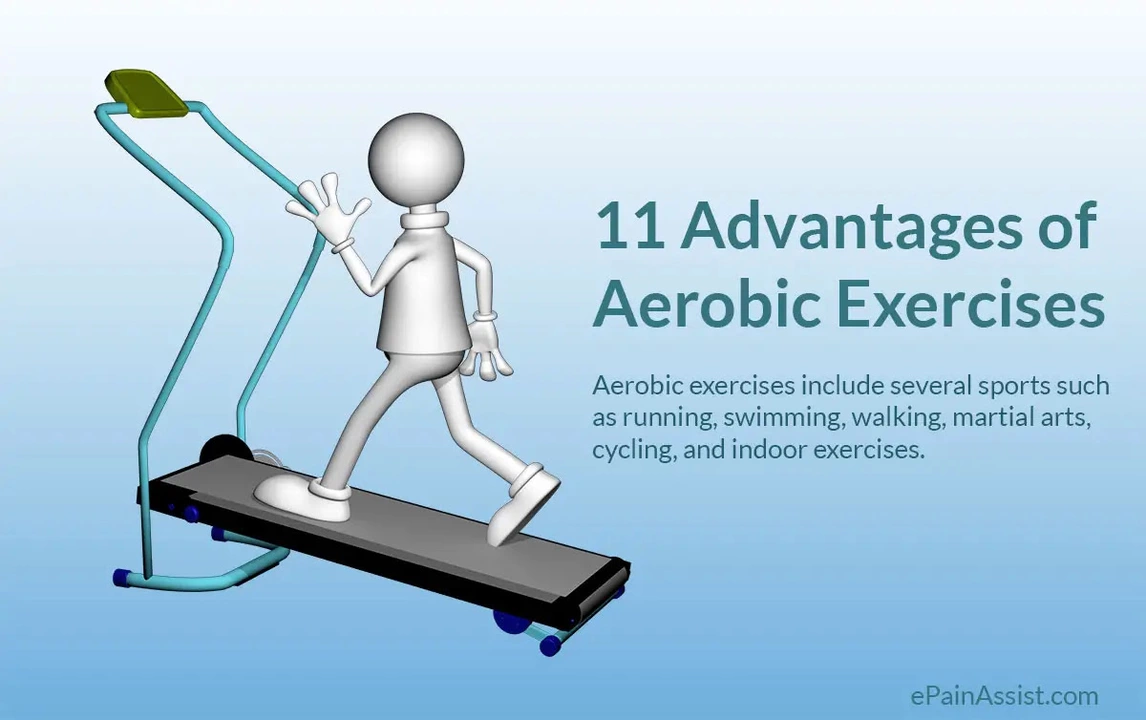Regular physical activity: how to make it part of your life
Want more energy, better sleep, and fewer aches? Regular physical activity delivers those wins without fancy equipment. You don’t need hours at the gym—small, steady steps are what change how you feel. This page pulls practical tips you can use today and points to deeper reads on related health topics.
Why it matters
Exercise helps your heart, mood, and joints. It lowers inflammation, supports blood sugar control, and can ease mild anxiety or low mood when combined with therapy or meds. For people managing conditions — like diabetes or arthritis — movement complements medical care. If your period is irregular or you’re recovering from an illness, the right routine matters; tailor intensity and volume so you don’t overdo it.
Beyond physical gains, activity improves sleep and focus. Short walks after meals help blood sugar, while strength work preserves muscle as you age. Even ten minutes of brisk walking raises your heart rate and gives a quick mood boost. Small doses add up fast if you do them regularly.
How to start and stick with it
Begin with a rule that’s easy to follow: three 20–30 minute sessions per week is a solid start. Mix activities — walking, cycling, bodyweight strength moves, and stretching — so you won’t get bored. Aim for at least two sessions that include strength or resistance work each week to protect bones and joints.
Use specific, tiny habits: park farther, take stairs, walk during phone calls. Put workouts on your calendar like appointments. Track one simple metric, such as minutes of activity per week, and increase it by 10% once it feels easy. Reward consistency, not perfection.
Safety first: check with your doctor if you have a chronic condition, recent surgery, or are on medications that affect balance or heart rate. If you have sharp pain, sudden dizziness, or breathing trouble, stop and seek medical advice. For specialized conditions — like recovering from a bone infection or managing severe joint pain — follow clinical guidance before ramping up exercise.
Keep variety cheap and easy. A resistance band, a pair of dumbbells, or bodyweight moves cover most needs. Use online videos for short guided sessions, or join a local group class for motivation. If mornings work better, schedule a 15-minute routine that you can actually finish.
Want more detail? Check our related guides on lowering inflammation naturally, managing diabetes with lifestyle changes, and balancing mood and menstrual health. Each article gives condition-specific tips and safety notes so you can match activity to your needs.
Start simple, be consistent, and adjust as you go. Regular physical activity isn’t about being perfect — it’s about showing up enough that you feel the difference.
The Benefits of Regular Physical Activity for Chronic Idiopathic Constipation

As someone who has suffered from chronic idiopathic constipation, I can attest to the incredible benefits of regular physical activity. By engaging in consistent exercise, I've experienced improved bowel movements and overall digestive health. This is because physical activity stimulates our muscles, including those in our intestines, helping to move waste more effectively. I highly recommend incorporating exercise into your daily routine, as it not only alleviates constipation but also boosts your overall well-being. Remember, even simple activities like walking or stretching can make a significant difference in managing chronic idiopathic constipation.
- May 6 2023
- Tony Newman
- 10 Comments
